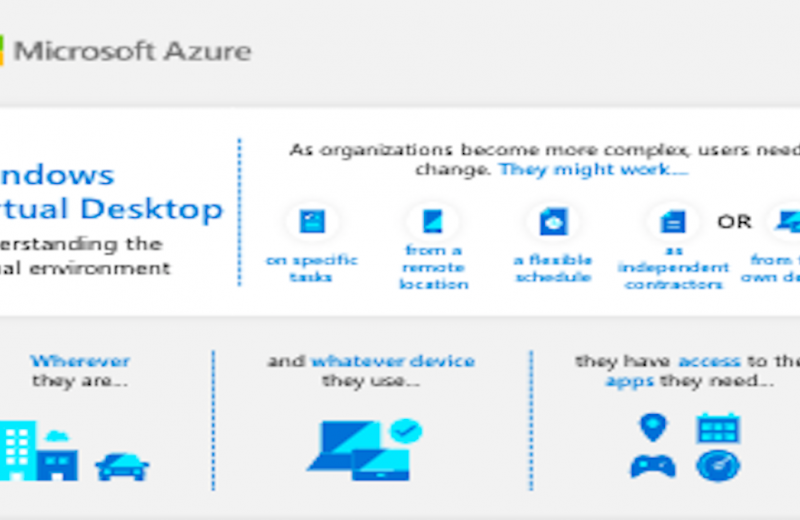Despite roadblocks in the process, cloud migrations can bring significant rewards. To successfully move to the cloud, organizations need to craft a migration strategy, assess risks and plan for surprises. Cloud migration problems, such as unexpected costs, interoperability, security gaps and unanticipated application rework, can create significant obstacles. To help smooth a frequently bumpy path, organizations need to craft a well-thought-out migration strategy.
Business recommendations & TCO
Putting a business case together to obtain funding for any project can be tricky. Whilst you’ll see the business advantages of adopting Microsoft Azure, you will likely need to prove them to your management team. As you’ve heard today Microsoft Azure offers a range of benefits, including the ability to move faster, save money and integrate on-premises apps and information. Whilst your management team will want to hear about these key benefits, they’ll need to know exactly how they will gain return on investment to decide for or against your project. We can help you create the business case for Azure and prove the ROI.
Technical migration assessment
We can also help you to establish your migration priorities and business objectives, so you can continually track to those as you discover more about your environment. We can assess your environment using automated migration tools will then provide insights into your environment and dependencies to help create a technical cloud migration plan.
Migration plan with ROI for business case
Cloud migrations can be filled with risks and unknowns, so don’t go into them unprepared. To avoid potential disaster, map out your strategy and plan for the unexpected. A substantial migration strategy acts as a guide or checklist to ensure a successful journey to the cloud. Enterprises need to plan for expenses – especially the unexpected ones – as well as the migration’s effect on an organization, its systems and users.
Initial workloads migrated
When considering migrating on-premises systems to the cloud, it’s important to start out by migrating just a few simple workloads. This tests the migration process and helps increase confidence in the cloud services that you provide. For original workloads, identify and migrate a handful of basic application servers to Azure. This is on an accelerated timeline, where we can help you migrate the initial 3 to 5 VMs to Azure within a week or two. This initial experience helps you to better understand Azure, and how administering and managing workloads works in Azure. It’s also an opportunity for you to gain confidence in the reliability and dependability of Azure.
Workloads migrated without business disruption
Cloud migrations is heavy, requiring many steps and manual adjustments. While a solid cloud migration strategy can modify the method, enterprises still need to consider several factors, including tools, governance, performance, application design and more. With a plethora of third-party tools available, we can help you to identify those that best meet your migration needs and migrate additional workloads without business disruption. These workloads typically consist of more complex applications. They might have more structure and downtime service-level agreements (SLAs) associated with them.
Optimizing cloud services for cost savings
Finally, we can help you to use Azure security and management resources to govern, secure, and monitor your cloud applications in Azure. You can begin using these services during your migration and, with Azure hybrid support, continue using many of them for a consistent experience across your hybrid cloud. In general, these resources assist you run a secure and well-managed environment whereas using products available in the Azure portal.




















